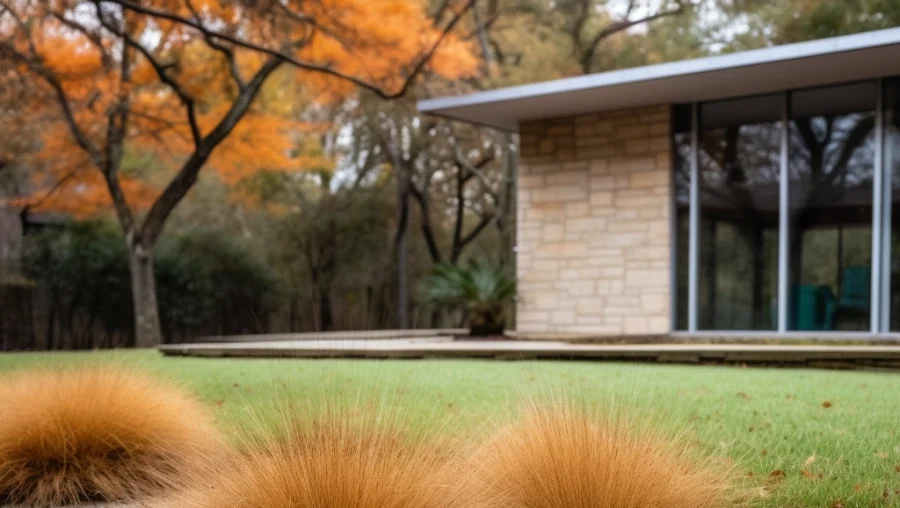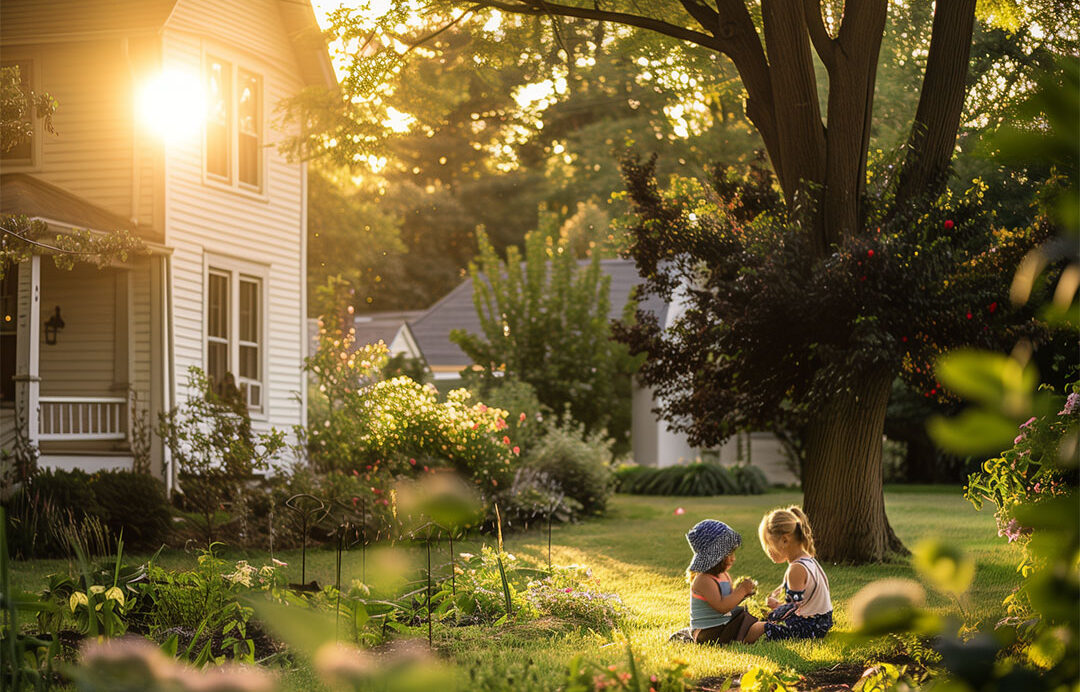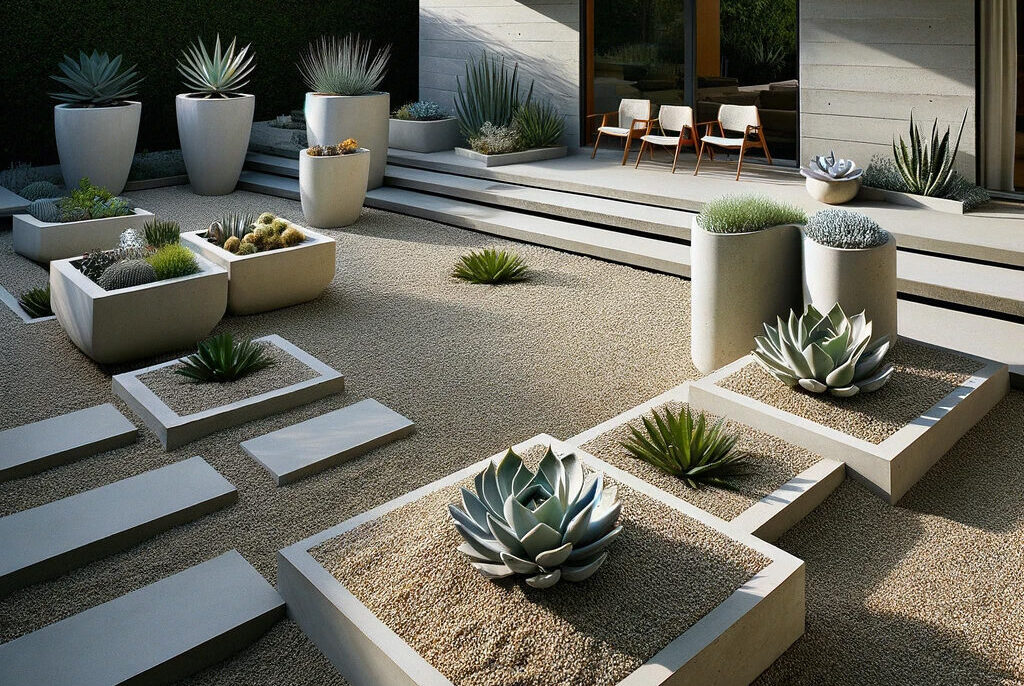Best Grass Varieties for DFW Climate
When it comes to maintaining a beautiful and healthy lawn in the Dallas-Fort Worth (DFW) area, selecting the right grass variety that can withstand the unique DFW climate conditions is crucial. With the region’s hot and humid summers and mild winters, certain grass types thrive better than others. In this article, we will explore the best grass varieties for the DFW climate, ensuring that homeowners, DIYers, and professional landscapers have all the information they need to create a lush and vibrant lawn.
Understanding the DFW Climate
Before delving into the specific grass varieties suitable for the DFW climate, it is important to understand the characteristics of the region’s weather. With its humid subtropical climate, DFW experiences hot summers with temperatures often exceeding 100°F (38°C) and mild winters with occasional freezing temperatures.
The DFW area also faces challenges such as water scarcity and poor soil quality. These factors further emphasize the need for grass varieties that are drought-tolerant, can thrive in poor soil conditions, and require minimal water for maintenance.
Best Grass Varieties for DFW Climate
- Bermuda Grass (Cynodon dactylon): Bermuda grass is a popular choice for DFW lawns due to its excellent heat tolerance, drought resistance, and ability to thrive in full sun. It establishes quickly, repairs itself from damage, and has a high wear tolerance, making it suitable for high-traffic areas.
- Zoysia Grass (Zoysia spp.): Zoysia grass is another top contender for the DFW climate. It exhibits good heat and drought tolerance and boasts a dense, luxurious appearance. Zoysia grass requires less mowing than other varieties and has good wear resistance.
- Buffalo Grass (Bouteloua dactyloides): Buffalo grass is a native warm-season grass that performs well in the DFW area. It is highly drought-tolerant, requires less water than other grass types, and can handle long periods of drought without turning brown. Buffalo grass has a low growth habit and requires less mowing.
- St. Augustine Grass (Stenotaphrum secundatum): St. Augustine grass is a popular choice for its ability to tolerate shade and its lush, green appearance. While it is not as drought-tolerant as Bermuda or Zoysia grass, it can still withstand the DFW climate with proper irrigation. St. Augustine grass requires more frequent watering and is sensitive to cold temperatures.
- Tall Fescue (Festuca arundinacea): Tall Fescue is a cool-season grass that can thrive in the transitional climate of the DFW area. It exhibits good heat and drought tolerance, making it suitable for areas with partial shade. Tall Fescue requires less water compared to other cool-season grasses and maintains its green color throughout the year.
Factors to Consider
When choosing the best grass variety for your DFW lawn, several factors should be taken into consideration:
1. Sun Exposure
Different grass varieties have varying sun requirements. Determine the amount of sunlight your lawn receives throughout the day to select a grass type that matches the sun exposure.
2. Soil Conditions
DFW is known for its clay soil, which can present challenges for grass growth. Consider soil amendments and fertilizers that can improve soil quality and provide the necessary nutrients for healthy grass growth.
3. Water Conservation
Water scarcity is a significant concern in the DFW area. Opting for grass varieties that are drought-tolerant can help conserve water while maintaining a vibrant lawn.
4. Maintenance Level
Some grass varieties require more maintenance than others. Consider the amount of time and effort you are willing to invest in lawn care, including mowing, watering, and fertilizing.
Conclusion
In conclusion, selecting the best grass variety for the DFW climate is crucial for a lush and healthy lawn. Bermuda grass, Zoysia grass, Buffalo grass, St. Augustine grass, and Tall Fescue are all viable options that can thrive in the region’s hot and humid summers and mild winters. Considering factors such as sun exposure, soil conditions, water conservation, and maintenance level will help homeowners, DIYers, and professional landscapers make an informed decision and achieve a vibrant and resilient lawn.
FAQs
1. How often should I water my DFW lawn?
The frequency of watering will depend on the grass type and current weather conditions. Generally, deep watering once or twice a week is sufficient for most grass varieties in the DFW area.
2. Can I mix different grass varieties in my lawn?
While it is possible to mix different grass varieties, it is important to consider their compatibility and maintenance requirements. Consulting with a professional landscaper can help determine the best approach for your specific lawn.
3. What is the best time to plant grass in the DFW area?
Early spring and early fall are the ideal times to plant grass in the DFW area. These seasons provide optimal conditions for seed germination and establishment.
4. How can I improve the clay soil in my DFW lawn?
Adding organic matter such as compost or topsoil can help improve the drainage and nutrient-holding capacity of clay soil. It is recommended to aerate the lawn and apply soil amendments before planting grass.
5. Should I hire a professional landscaper for my DFW lawn?
While it is possible to maintain a healthy lawn on your own, hiring a professional landscaper can ensure expert advice, efficient installation, and ongoing maintenance. Consider your time availability and expertise before making a decision.
For more information on creating and maintaining a beautiful lawn in the DFW area, visit A1 Grass, your premium grass and landscape supply retailer.
- Bermuda Grass for High-Traffic Areas: Top Resilient Landscaping Solution for 2024
- ZeroScape Landscaping Designs: Crafting a Drought-Tolerant Garden
- Mastering Hardscape Installation in the Dallas-Fort Worth Area: Tips for Success
- Choosing the Perfect Hardscape Materials: A Guide to Enhancing Your Outdoor Space
- 5 Affordable Hardscape DIY ideas: Transform Your Outdoor Space without Breaking the Bank




